Every Tuesday, Italian expat Emiko Davies is taking us on a grand tour of Italy, showing us how to make classic, fiercely regional dishes at home.
Today: An ancient Tuscan specialty that is gluten-free, dairy-free, vegan -- and immensely satisfying.
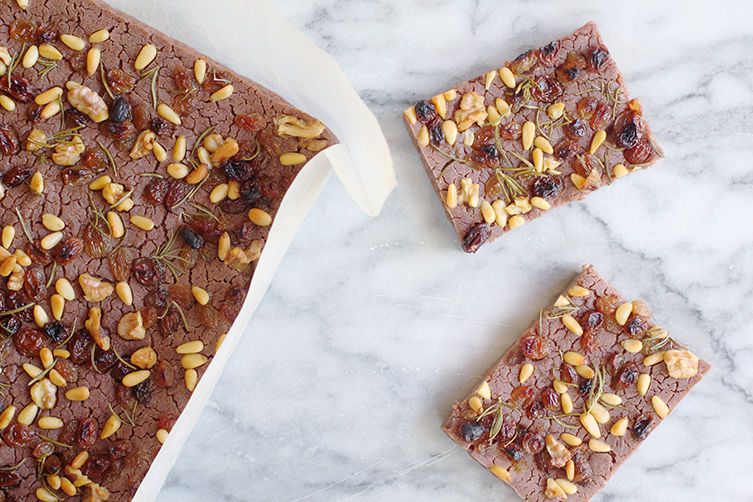
This Tuscan specialty, made with a batter of chestnut flour and water is synonymous with cold weather comfort food. At this time of year, it's lovingly made all over the region, both in bakeries and homes.
Chestnut flour (which is essentially just dried chestnuts ground to a very fine powder) is naturally gluten-free and has long been a staple food of Tuscany's mountainous areas. For centuries, it has been used to make polenta-like dishes, crêpes (known as Necci), sweets, and even pasta (chestnut tagliatelle, anyone?). It is highly seasonal and only available in the autumn and winter; it is difficult to find it in Tuscany outside of these months, even in supermarkets (in the United States, Italian chestnut flour can be found online and in reputable Italian delis).
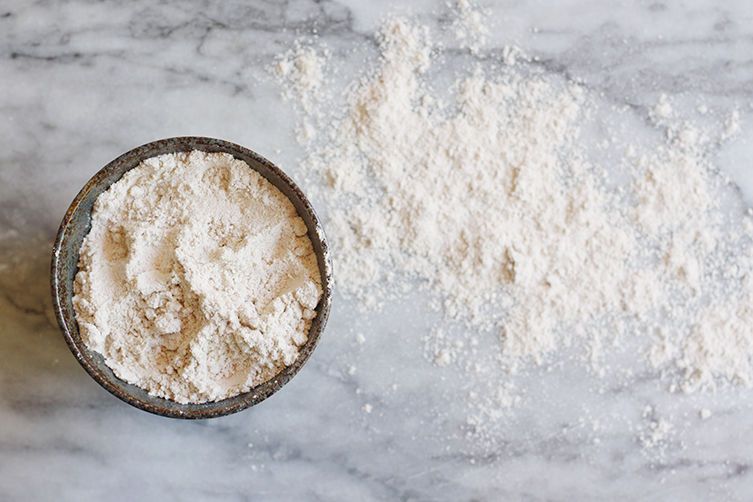
Castagnaccio is often called a "cake" in English translations, but it's really something else. It may also be described as a flatbread, which incorrectly suggests that it has a crumb to it -- but it's more like a dense, thick crêpe.
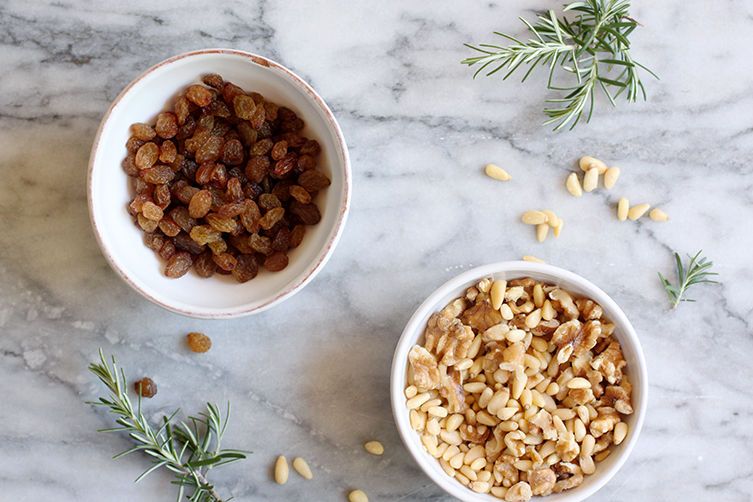
The texture of this cake is hard to describe, and together with the strong, slightly sweet flavor of chestnut flour, this ancient, rustic, and unusual Tuscan delicacy can be an acquired taste. However, chestnut lovers will adore it, and it's a handy recipe to know about when feeding anyone with a gluten-free, dairy-free, or vegan diet -- or, indeed, anyone who happens to love Tuscany. Just one bite of castagnaccio will make any Tuscan nostalgic!
More: These rice fritters are also a surefire way to a Tuscan's heart.
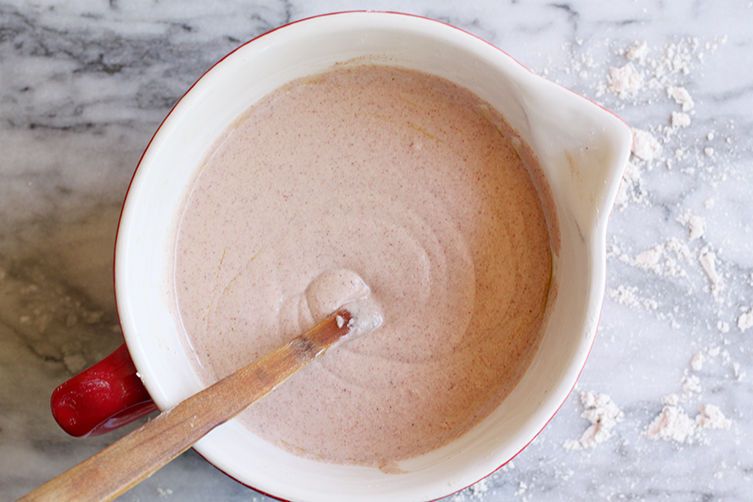
Tuscans don't have much of a sweet tooth and Castagnaccio is proof of this, as it mainly relies on the naturally sweet flavor of the chestnut flour and raisins. The most traditional version of this recipe doesn't even include sugar, but today usually a few spoonfuls make their way in there to boost the sweetness ever so slightly -- but it's still, pleasingly, subtle. Sometimes some grated orange zest is included in the batter for perfume, and the walnuts can be left out for a more typical topping.
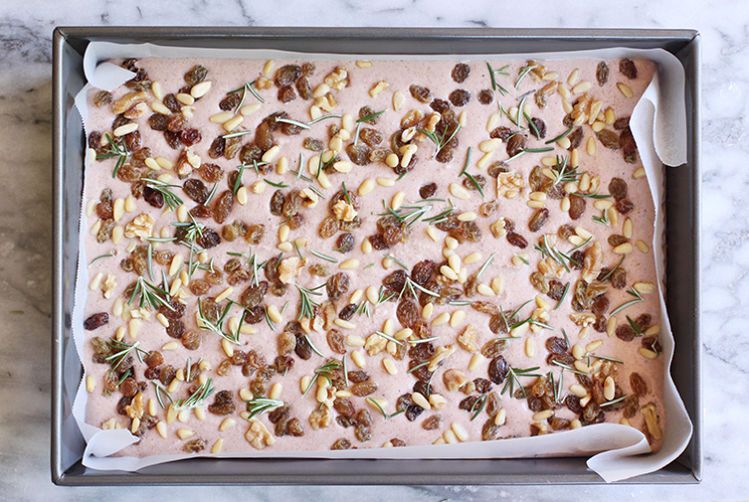
A small slice goes a long way as chestnut flour is deceptively filling. Serve it warm or cold with a dollop of fresh ricotta and accompanied by a glass of red wine or dessert wine -- if you want to stick to the Tuscan theme, go with vin santo.

Castagnaccio (Tuscan Chestnut Cake)
Serves 8
3 3/4 cups (400 grams) chestnut flour
3 tablespoons (45 grams) sugar
A pinch of salt
2 1/2 cups (625 milliliters) cold water
3 tablespoons of olive oil
1/2 cup (100 grams) golden raisins
1/4 cup (20 grams) walnut pieces
14 cup (35 grams) pine nuts
Sprig of rosemary, leaves picked
See the full recipe (and save and print it) here.
Photos by Emiko Davies








See what other Food52 readers are saying.